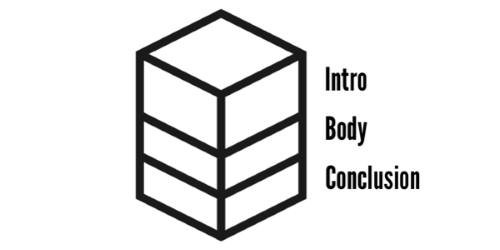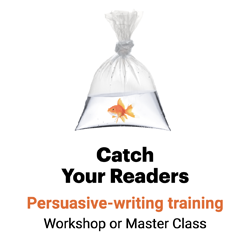Five ways to avoid flabby middles
My favorite scene in the movie “High Fidelity” is when Rob Gordon (John Cusack) becomes so depressed over his failed love life that he seeks solace in reorganizing his albums.

His nerdy pal Dick (Todd Louiso) is curious about the project. “Are you going to file them alphabetically?” Dick asks.
Nope, Rob answers.
“Chronologically?” Dick presses.
Nope, Rob replies.
“Not …” Dick gasps.
“Yep,” Rob says. “Autobiographically.”
Then he’ll have to remember, say, whom he was dating when he first heard Fleetwood Mac’s “Rumours” to find the album.
When it comes to music, the right organizing structure can help you navigate your collection more efficiently.
The same thing’s true with organizing the body of your story: The more appropriate the structural concept, the easier it is for your readers to make their way through your message.
Strengthen your core
The body of the story includes one or more sections in which you explore the subject of the story in more detail. If the nut graph is where you tell readers what you’re going to tell them, the body is where you tell them.
To avoid flabby middles:
1. Fulfil the promise you made in the nut graph.
Then stop. Hew to the walkaway sentence you wrote on the back of your business card. Don’t under-deliver — but don’t over-deliver either.
Nobody’s seeking AKK (all known knowledge) about this topic from you. So don’t tell them everything you know. Tell them just what they need to know.
2. Avoid the muddle in the middle.
Too often, writers understand the importance of strong beginnings and strong endings. But they simply throw all their other material into the body of their piece as if it were a trash can.

I call the result “the muddle in the middle” — a big blob of information in no particular order. Remember, in feature writing, the body has parts — probably one to seven — and you should know what they are.
3. Show the parts with subheads.
If the body of your piece has three points, you’ll have four subheads: one for each section of the body, plus one more to separate the body from the conclusion of the piece.
Five ways to whip your body into shape
People don’t drive alphabetically, points out Richard Saul Wurman, author of Information Architects and founder of TED conferences. Why, then, are atlases organized that way?

The best organizing principle for your piece depends on your topic. In designing the shape of your copy, as in designing so many things, form should follow function.
To avoid the muddle in the middle, figure out how your readers would really use your information. Then choose the best organizing principle to whip your body into shape.
Wurman uses the acronym LATCH to demonstrate how to organize information. “There are only five ways to do it,” he says. They are:
- Location. Move geographically — city to city, state to state, or country to country, for instance.
- Alphabet. Organize from A to Z.
- Theme. Tackle your topic categorically.
- Chronology. Progress from beginning to middle to end.
- Hierarchy. Structure from most important to least.
Five is all it takes.
I have yet to find a type of story that doesn’t fit into one of these five organizing schemes.
- Q&As, for instance, should be organized thematically. If you’re organizing yours chronologically, using the structure of the interview, think again!
- How-to articles, aka service pieces, generally run from first step to last. In other words, they’re chronological.
- Lists are usually organized hierarchically, thematically or chronologically.
So if you master these five structural principles, you’ll have all the tools you need to organize any story.
And note: “Autobiographically” is not on the list.

Leave a Reply